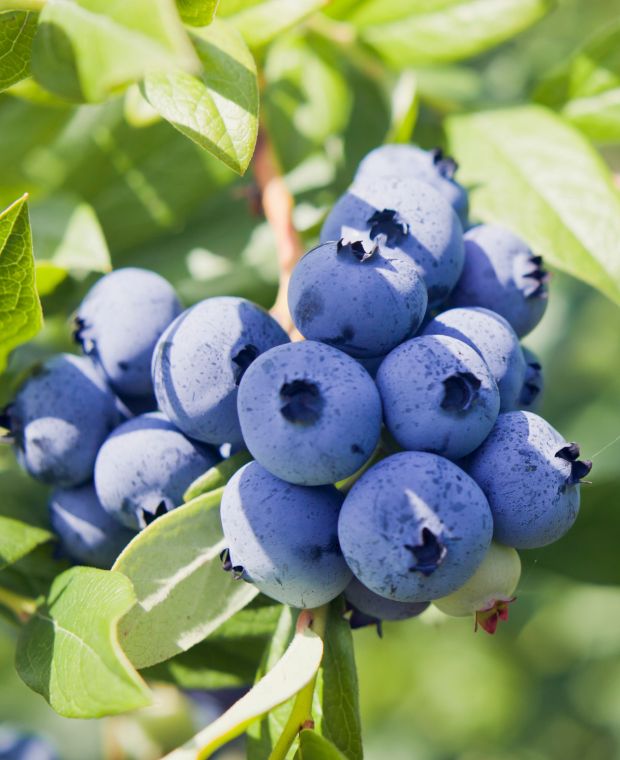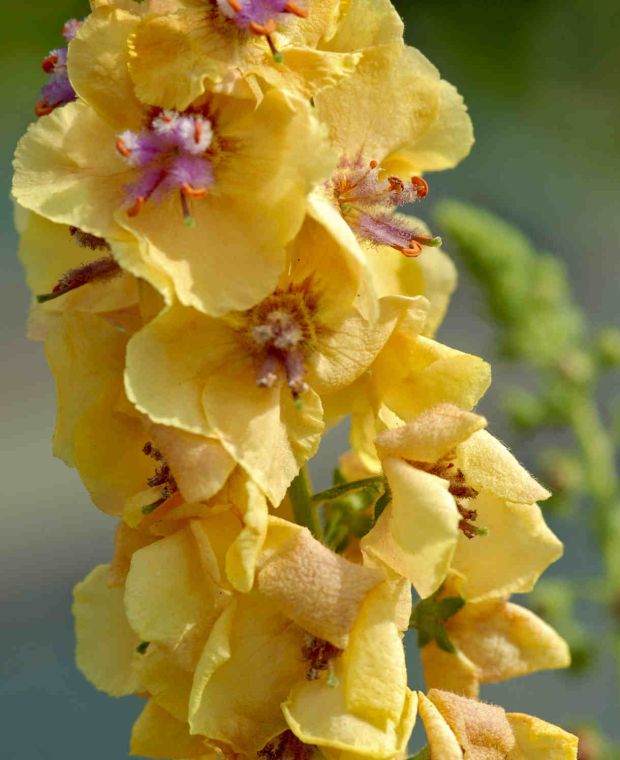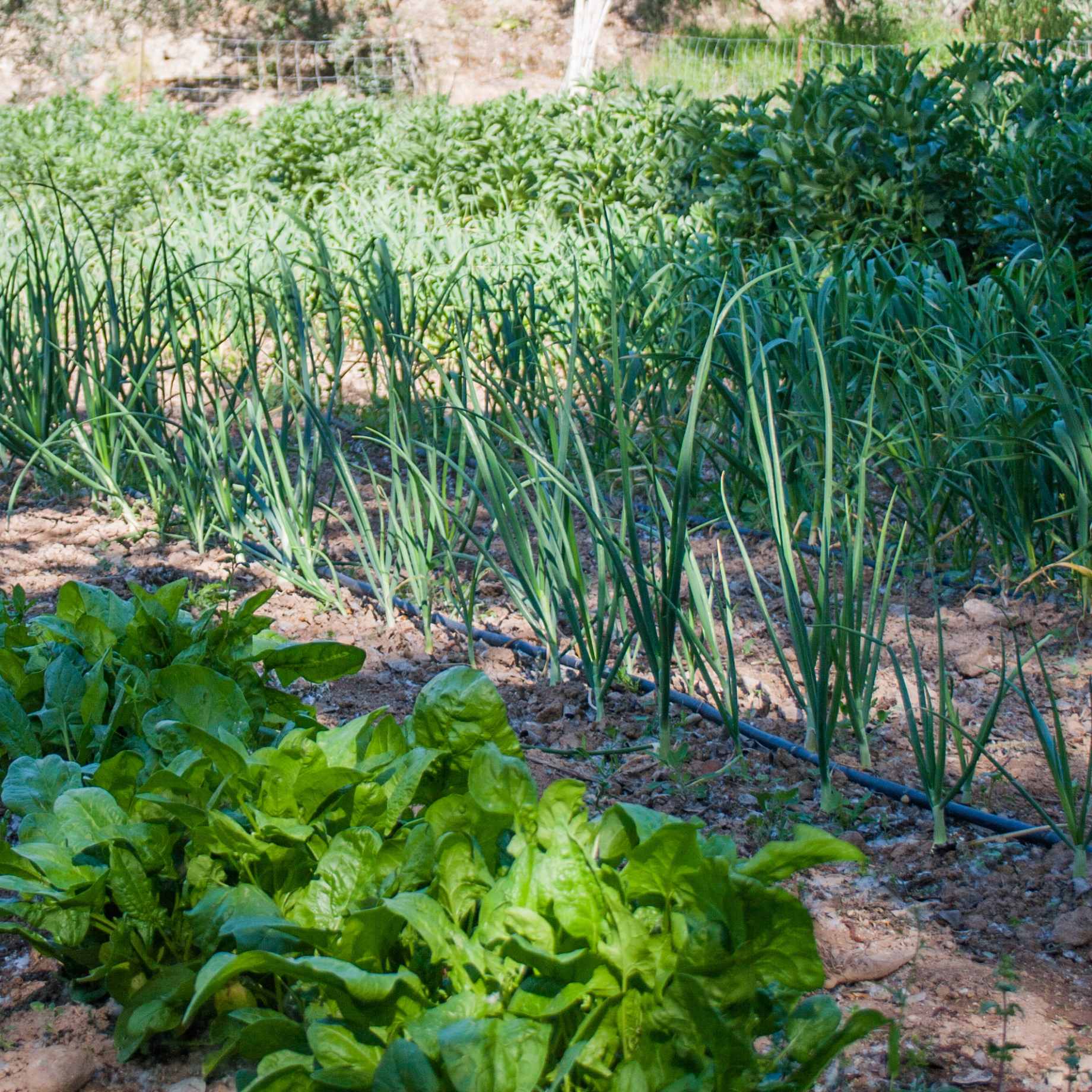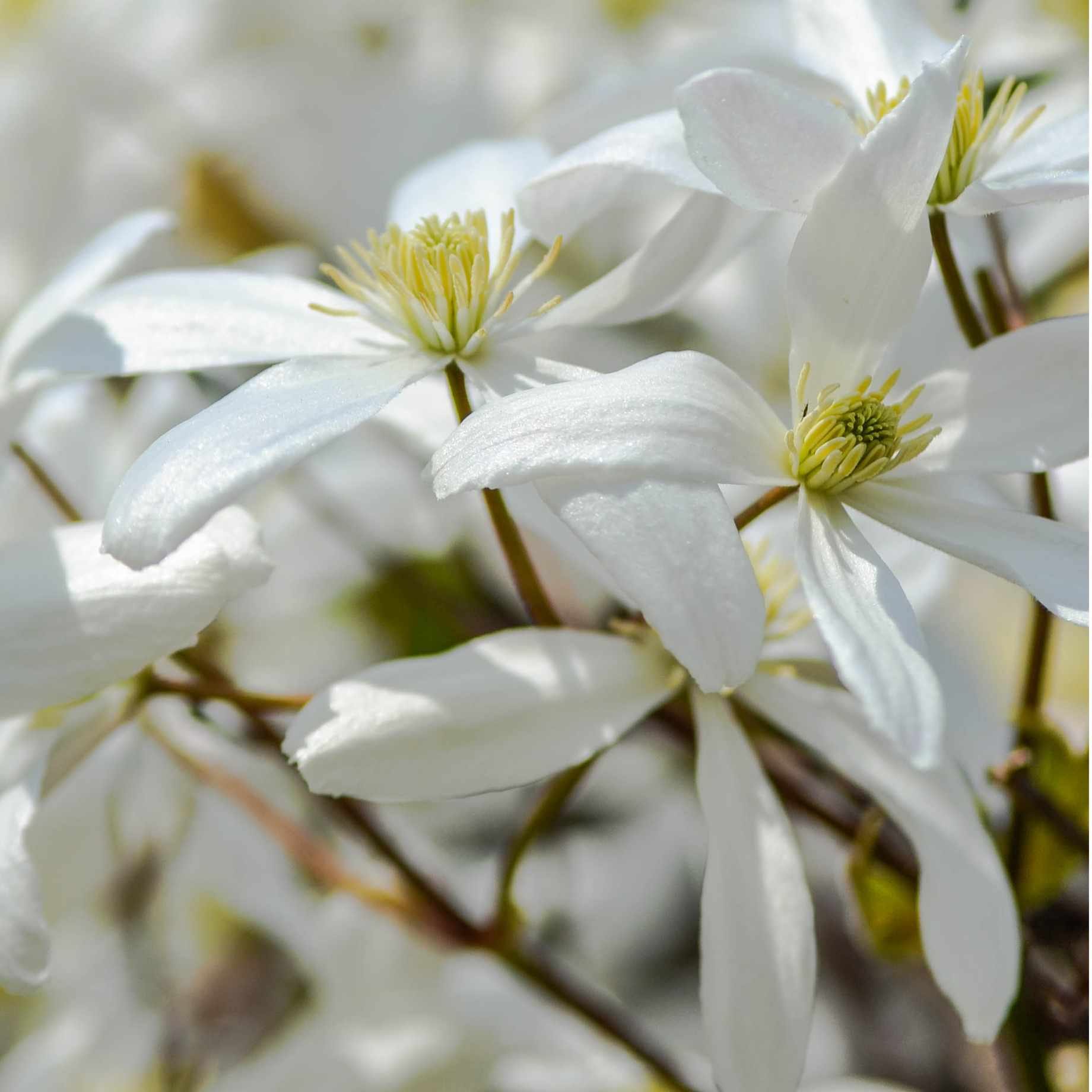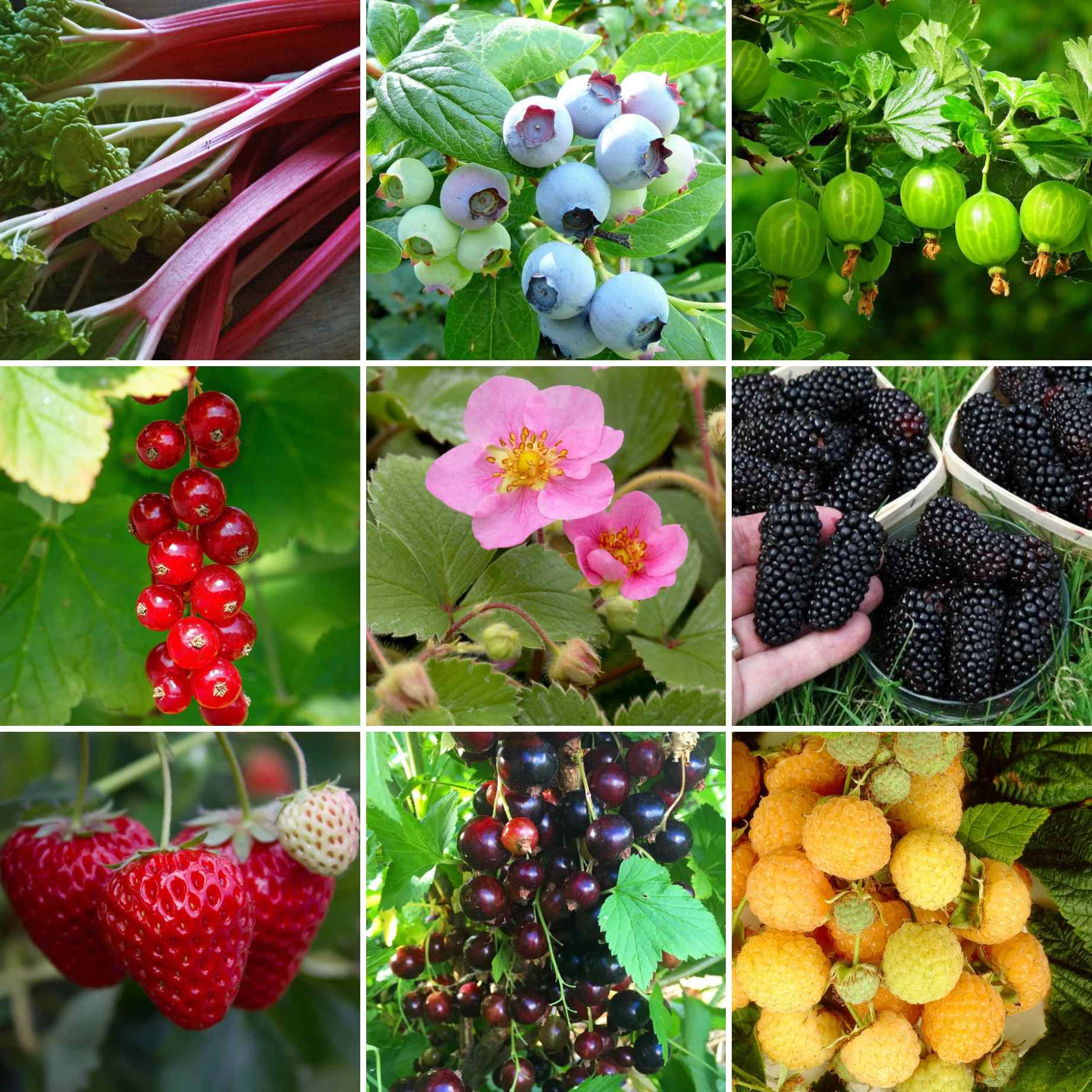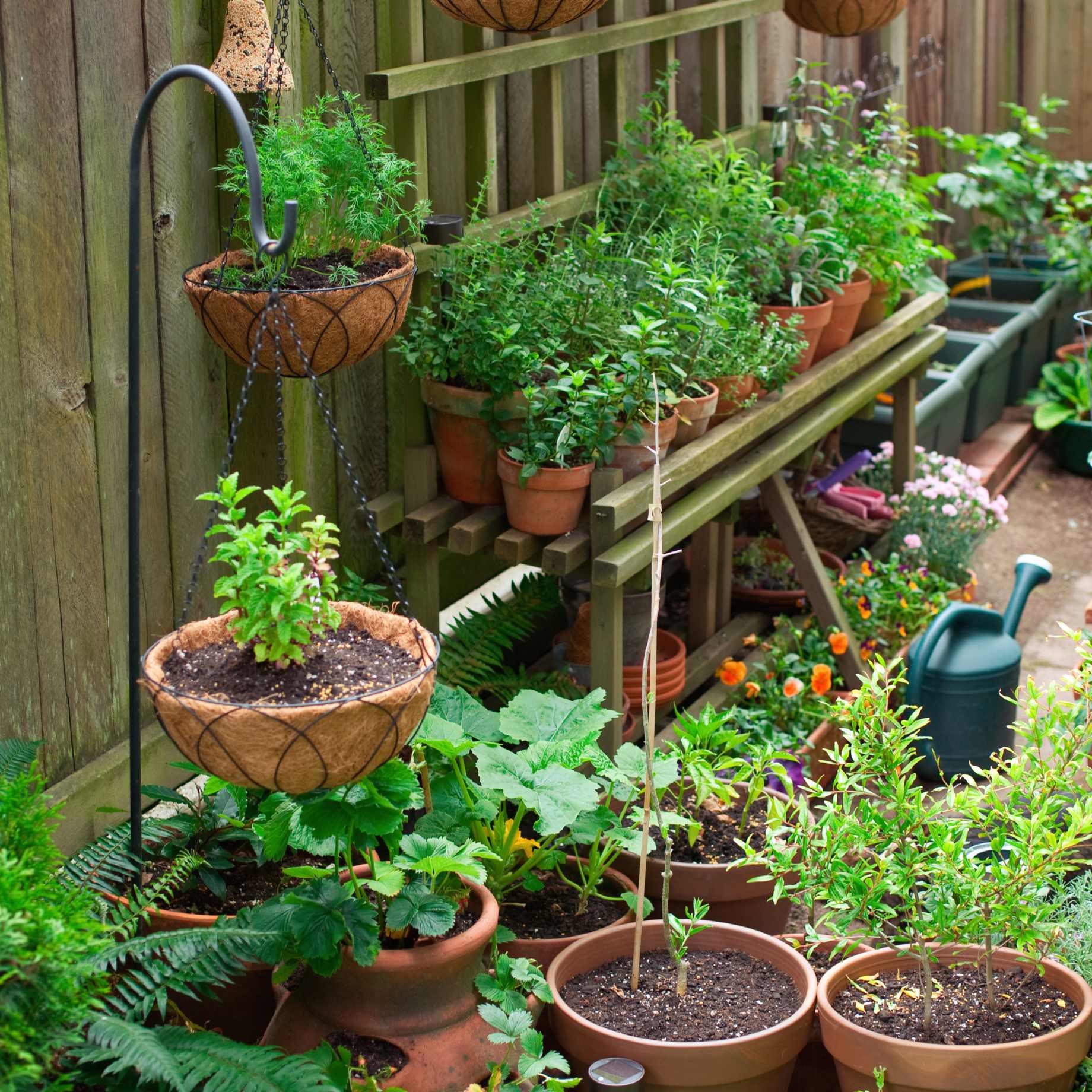Tell Me More…
A UK native wild flower, Valeriana officinalis boasts bushy, aromatic finely divided foliage and an abundance of small, sweetly scented, nectar-rich blooms, held in clusters on tall branching stems all summer.Known as Common Valerian, the name is said to have come from the Latin verb for being strong and healthy. The importance of growing wildflowers to help our local wildlife has increased in recent years, as illustrated in many RHS show gardens. Even the smallest garden can easily host insects, birds, and other wildlife. Present a veritable feast of seeds, leaves, nectar, and pollen, whilst creating a safe habitat for shelter and a perfect place to breed. Valeriana officinalis will reach a mature height of 1.5m, spreading to around 45cm. Preferring to be grown in moist, well-drained soil in sun or part shade. A fully hardy perennial with an RHS rating of H4, the foliage will die back over winter to re-sprout in the spring.
Flower and Foliage Months
Jan
Feb
Mar
Apr
May
Jun
Jul
Aug
Sep
Oct
Nov
Dec
Foliage Month
Flowering Month
Key Information
| Latin Name | Valeriana officinalis YP |
|---|---|
| Common Name | Common Valerian |
| Hardiness | H4 (-5 to -10°C) |
| Colour | Pink |
| Type | Perennial |
| Format | Young Plants |
| Position | Full-Sun, Part-Shade, Part-Sun |
| Foliage | Deciduous |
| Height in Maturity (m) | 1.50 m |
| Spread in Maturity (m) | 0.60 |
| Soil Conditions | Chalk Clay Loam Sand |
| Soil Acidity | Acid Alkaline Neutral |
| Aspect | South-facing, West-facing |
| Scented | Yes |
| Good for pots | Yes |
| Good for Rockeries | Yes |
| Good for wildlife | Yes |
| Good for pollinators | Yes |
| Good for cutting | Yes |


